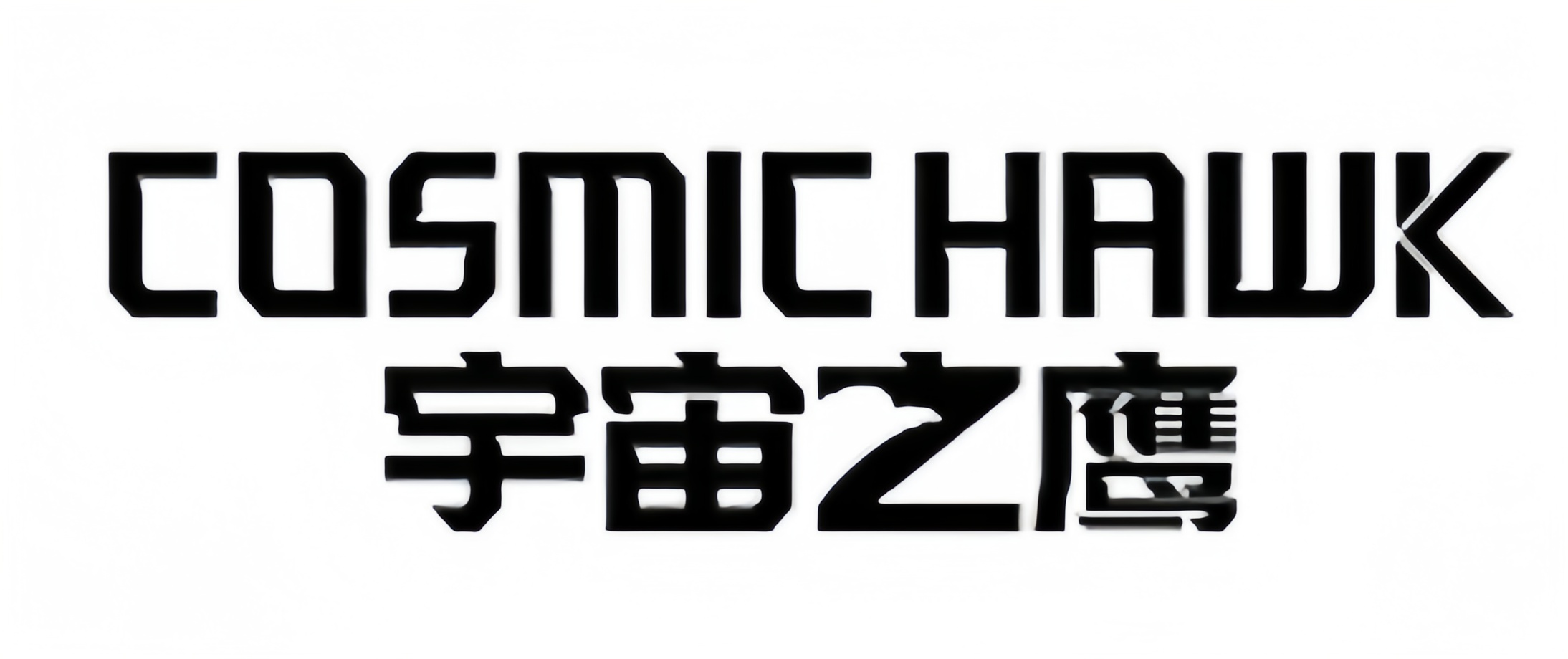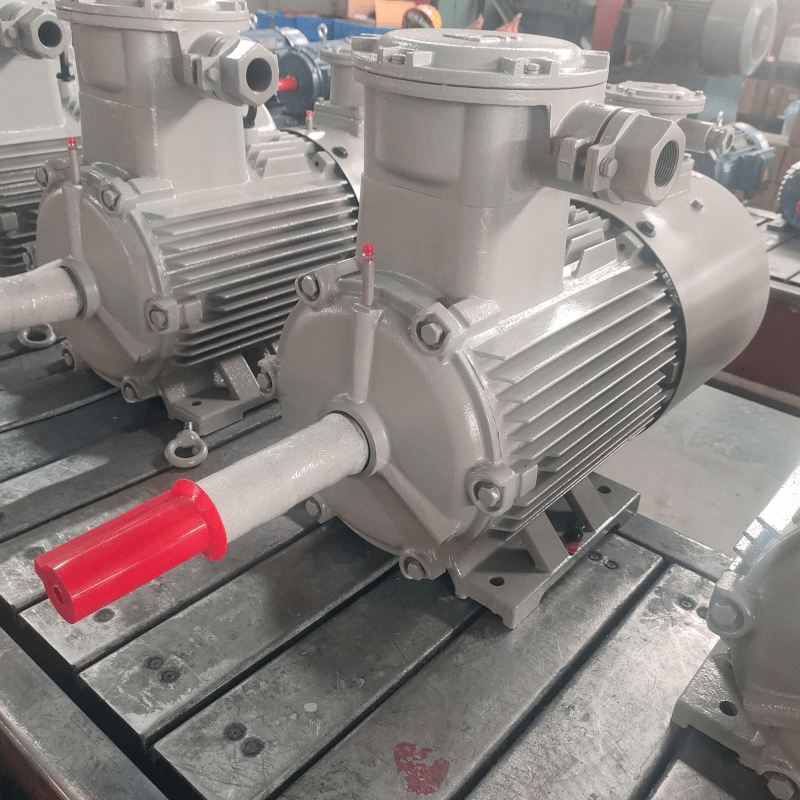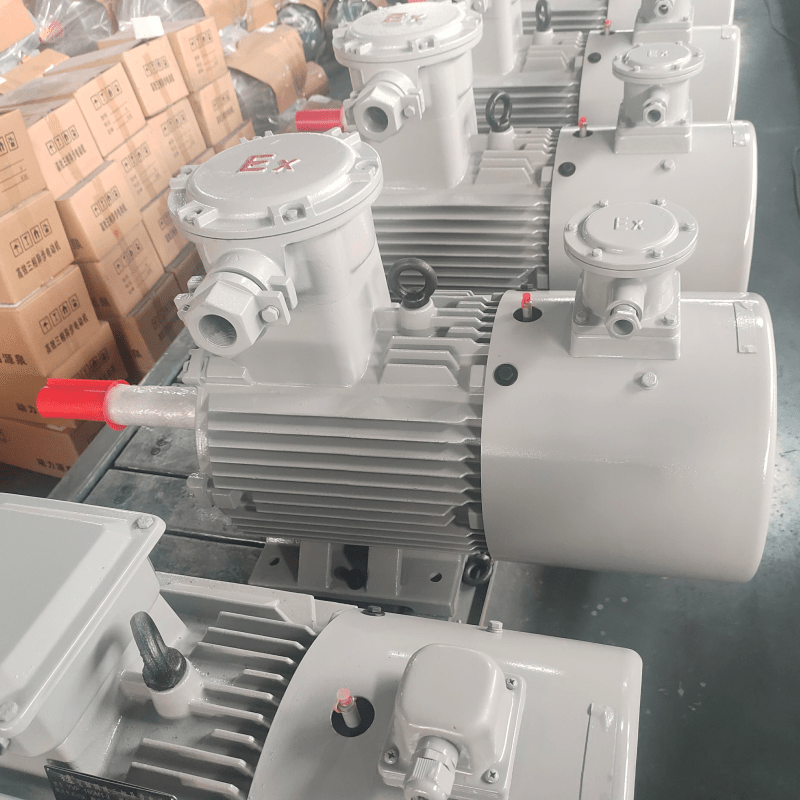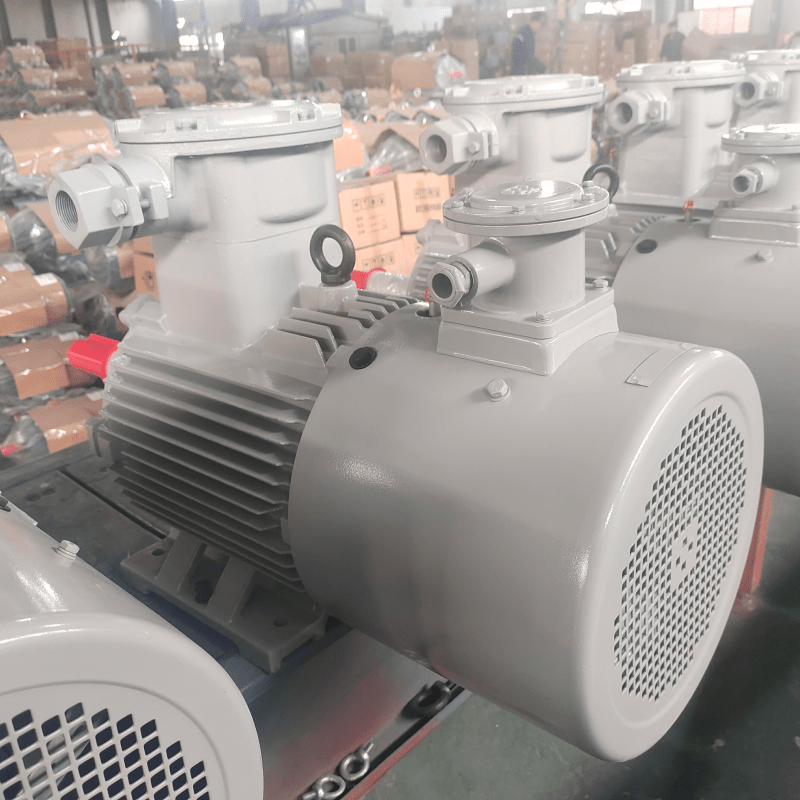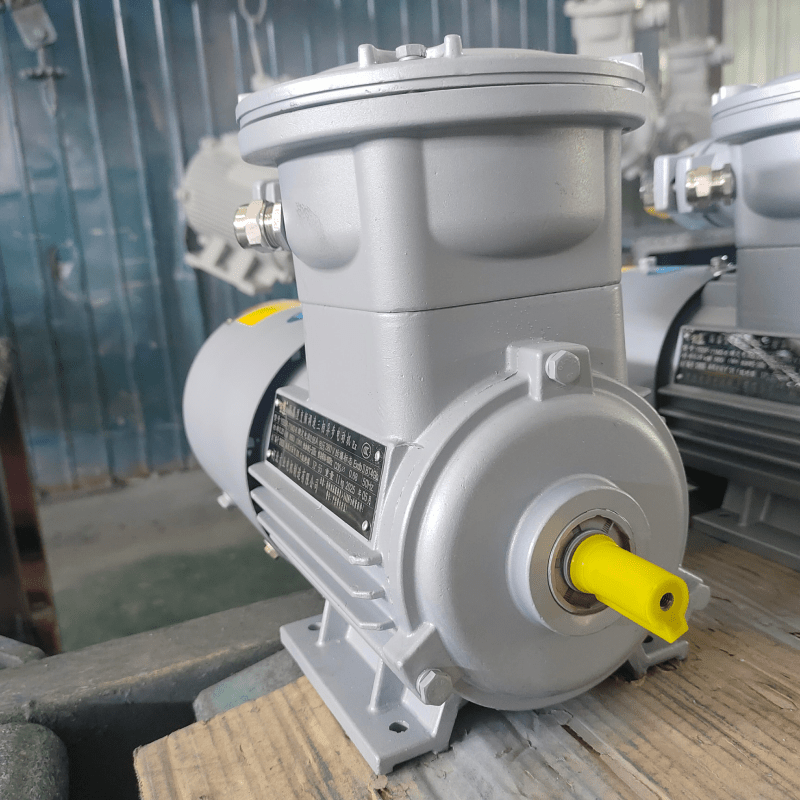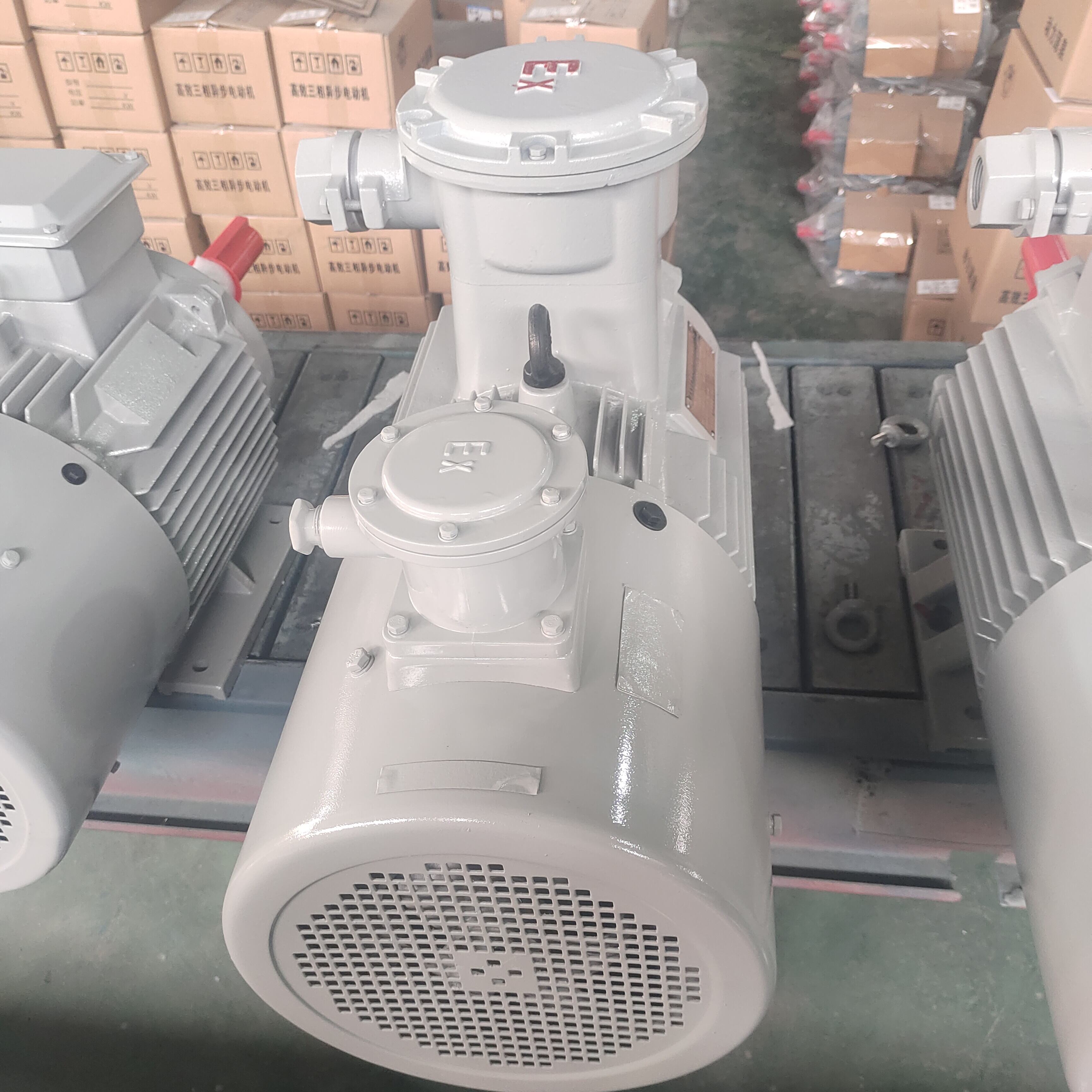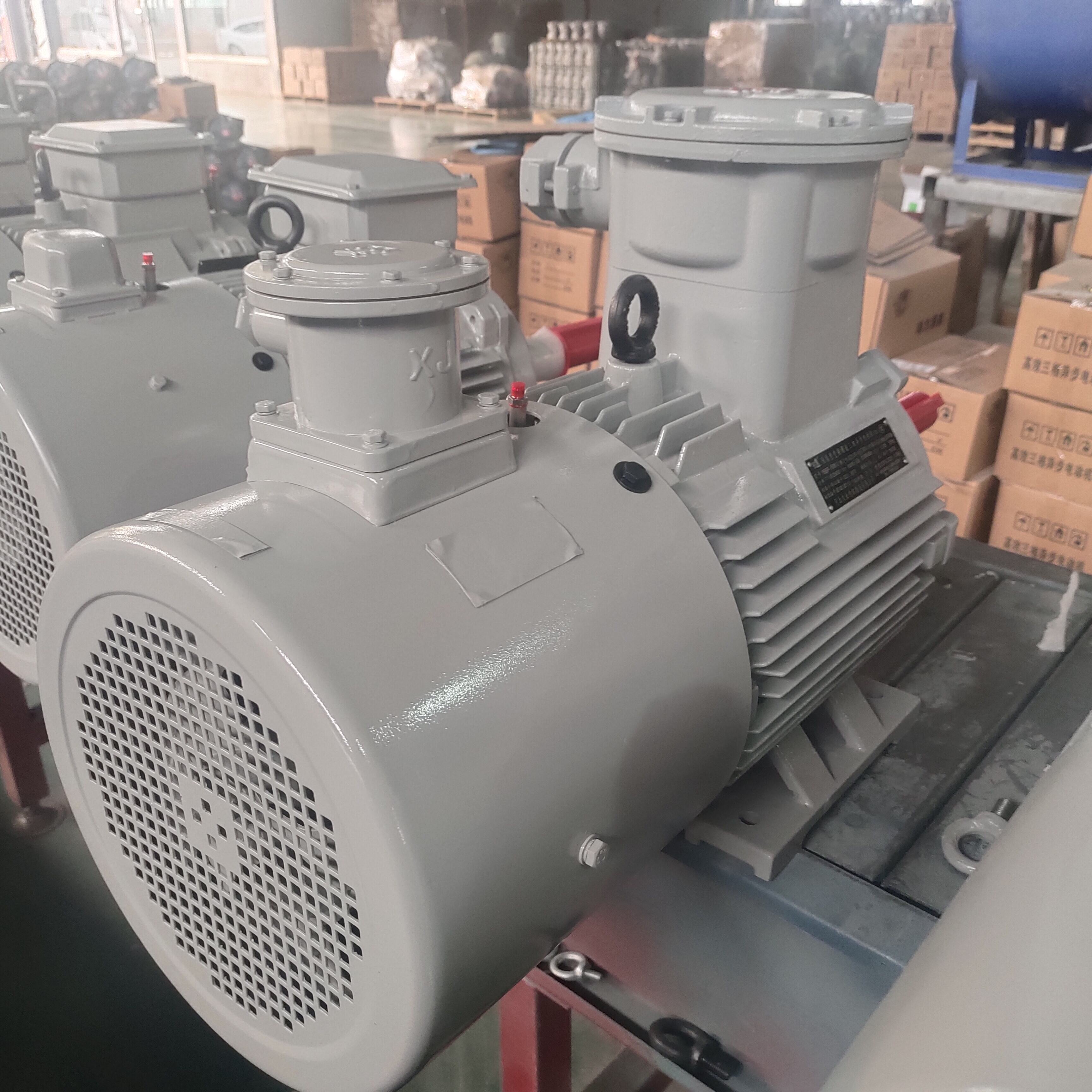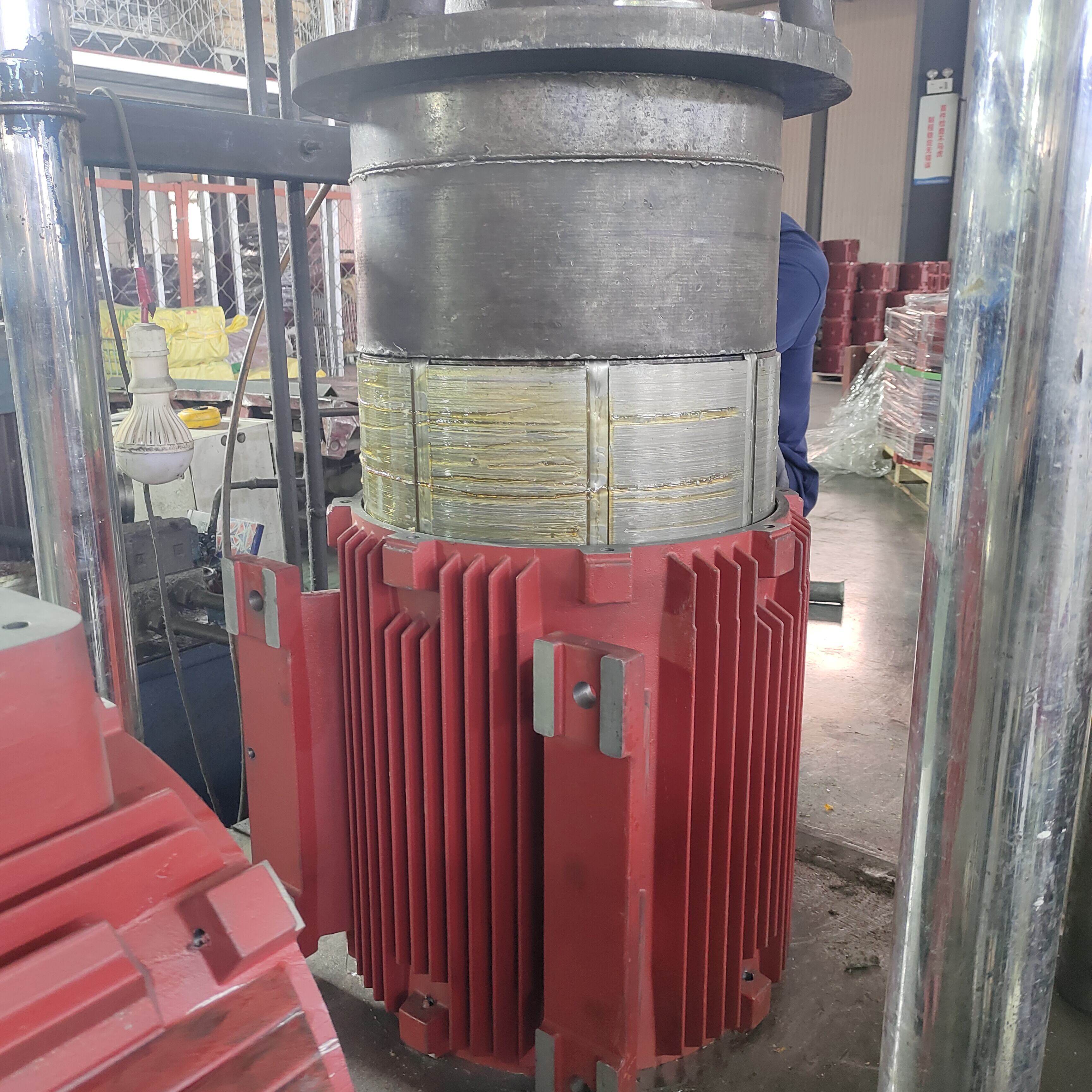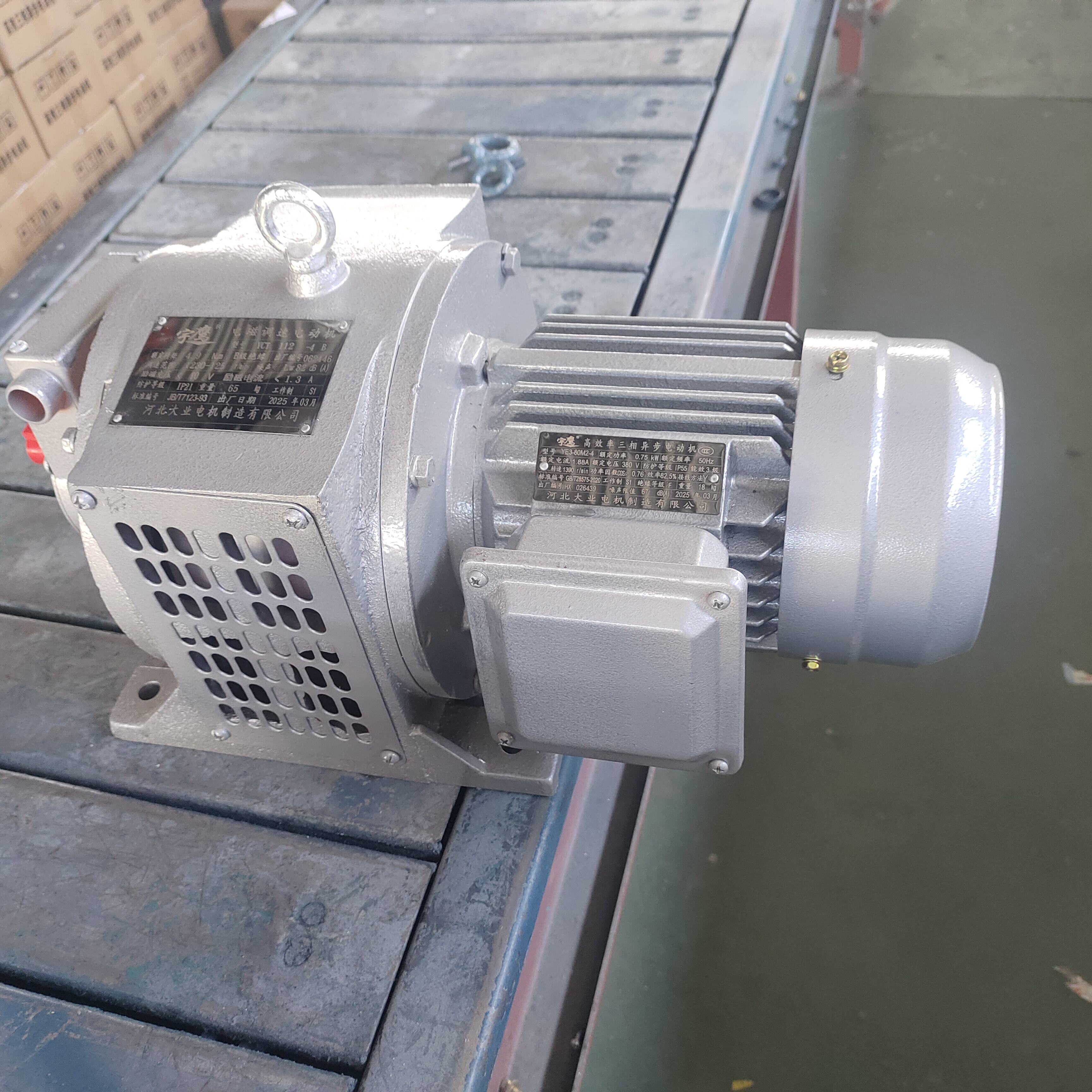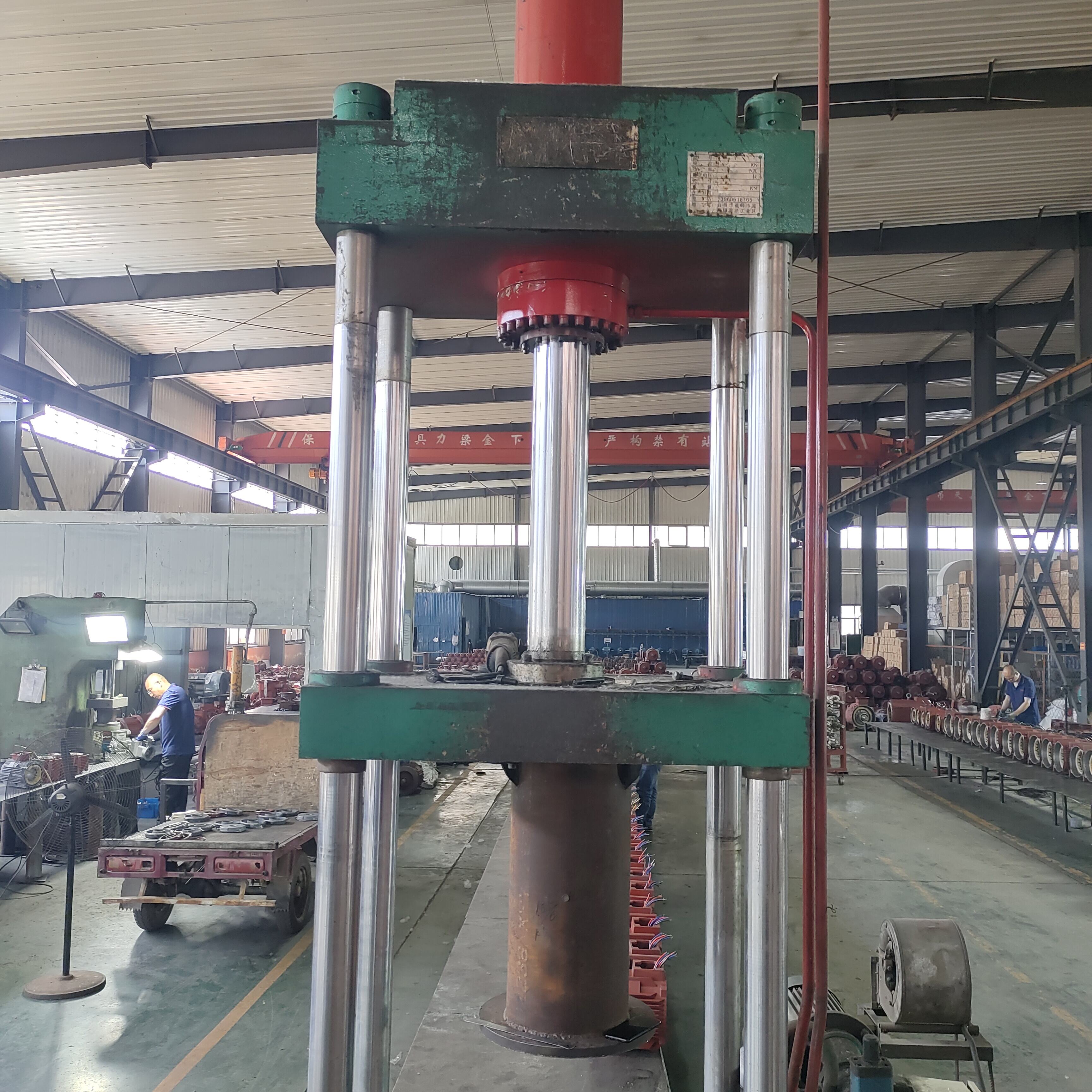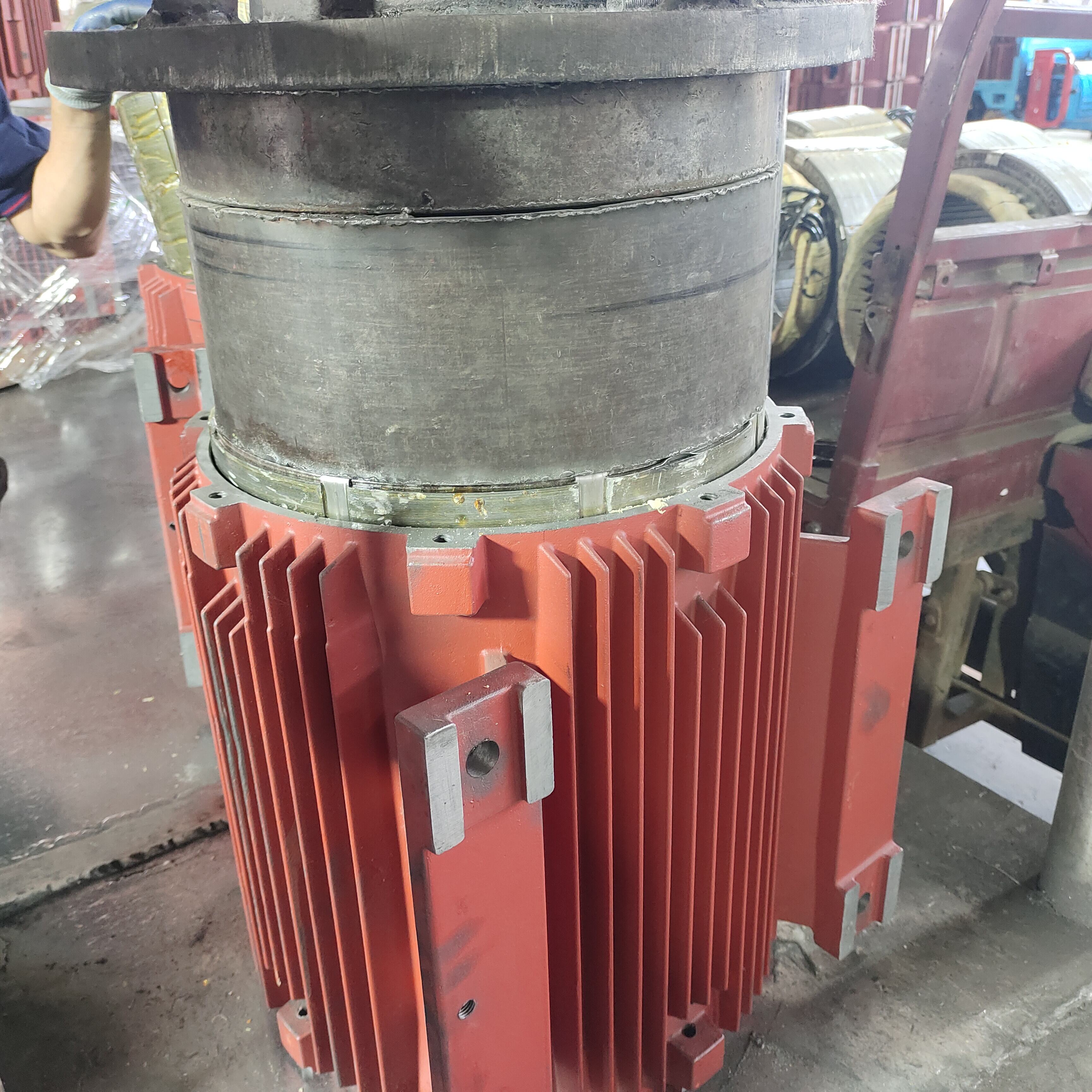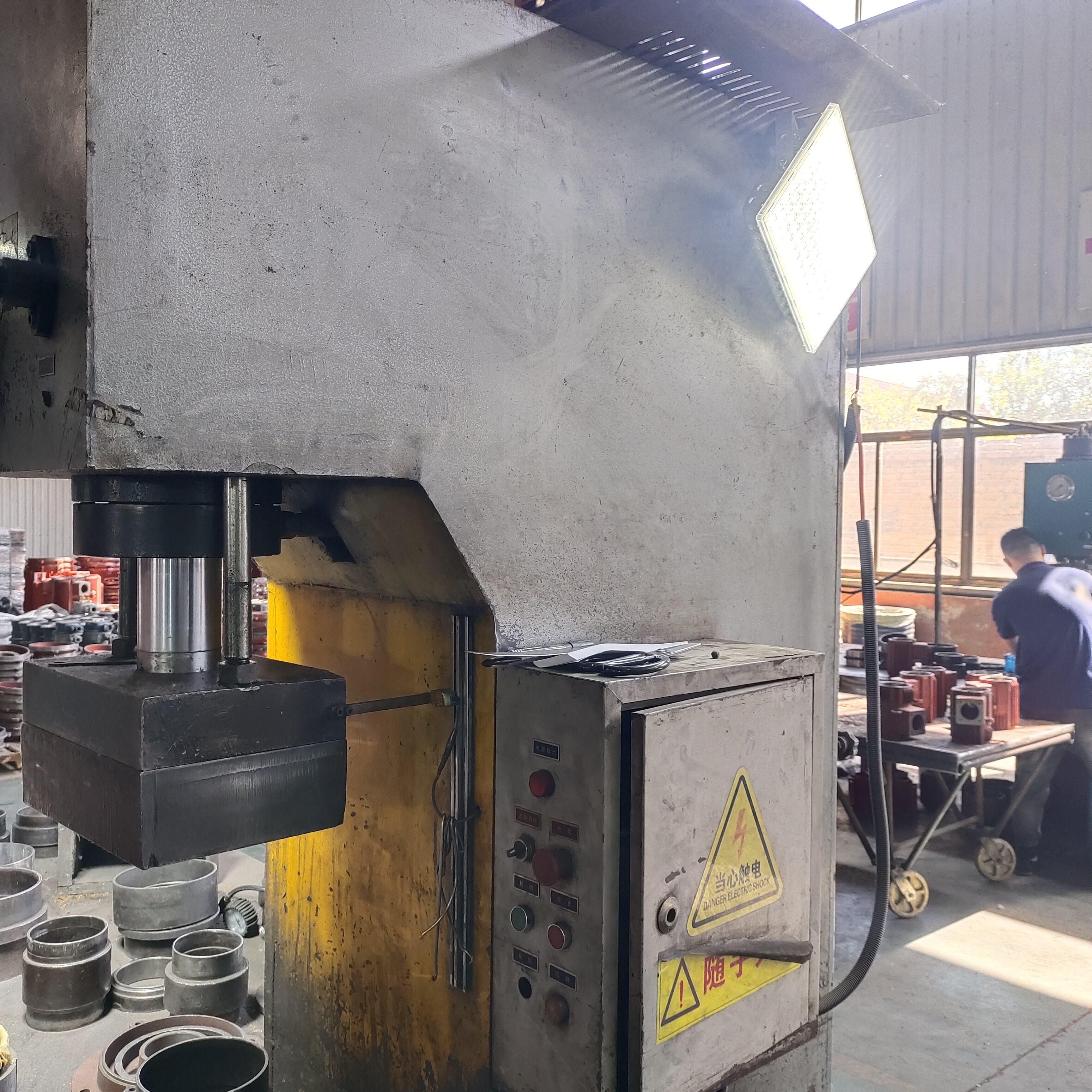squeezing die casting
Squeezing die casting represents a revolutionary manufacturing process that combines the precision of traditional die casting with enhanced pressure application techniques. This advanced metalworking method involves forcing molten metal into precision-engineered molds under extremely high pressure, typically ranging from 50 to 150 MPa. The process begins with heating metal alloys to their optimal casting temperature, followed by injecting the liquid material into specially designed dies. What distinguishes squeezing die casting from conventional methods is its ability to maintain consistent pressure throughout the solidification phase, resulting in superior material density and mechanical properties. The technology employs sophisticated hydraulic systems that deliver controlled force distribution across the entire casting surface. During the squeezing phase, additional pressure eliminates porosity and ensures complete mold cavity filling, even in complex geometrical configurations. Temperature control systems monitor thermal conditions continuously, preventing premature solidification and maintaining optimal flow characteristics. Modern squeezing die casting equipment features computer-controlled automation that manages timing, pressure levels, and cooling cycles with remarkable precision. The dies themselves are constructed from high-grade tool steels and undergo specialized heat treatment processes to withstand repeated exposure to molten metals and intense pressures. Surface treatments and coatings extend die life while improving part surface quality. Applications span numerous industries including automotive manufacturing, aerospace components, electronics housings, and medical device production. The automotive sector particularly benefits from this technology for producing lightweight yet strong structural components, engine parts, and transmission housings. Aerospace applications leverage the process for creating critical components that demand exceptional strength-to-weight ratios and dimensional accuracy. Electronic device manufacturers utilize squeezing die casting for producing heat sinks, connector housings, and electromagnetic shielding components that require precise tolerances and excellent thermal conductivity properties.
